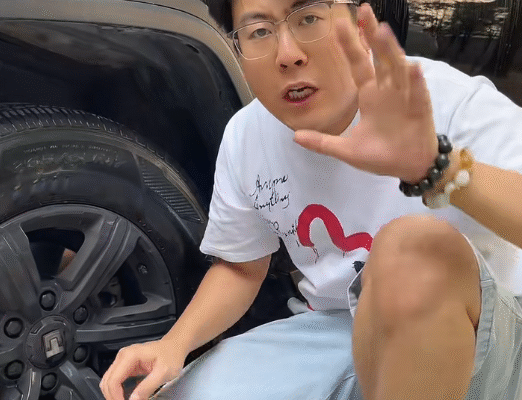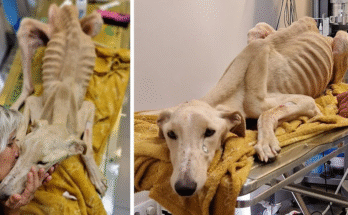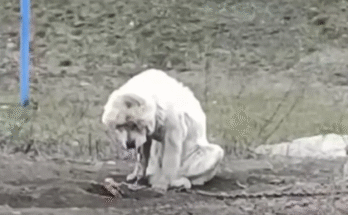
Car headlights are one of the most essential components for driving safety, especially during the night or in bad weather conditions. Over time, however, headlights can become cloudy, yellowed, or dull due to exposure to sunlight, pollution, and road debris. Dirty or foggy headlights not only look bad but also significantly reduce visibility, putting you and others at risk. Fortunately, cleaning your car headlights is a relatively simple task that you can do at home with minimal tools and a bit of time. This guide will walk you through how to clean your headlights effectively and restore their clarity.
Why Do Headlights Get Cloudy or Yellow?
Most modern vehicles use polycarbonate plastic for headlights. While this material is durable and shatter-resistant, it’s also porous and prone to degradation. The main causes of cloudy or yellow headlights include:
- UV Exposure: The sun’s ultraviolet rays break down the plastic’s outer layer, causing it to oxidize and yellow.
- Pollution and Road Debris: Dirt, salt, and small debris wear down the protective coating over time.
- Moisture and Condensation: Poor seals can allow water to enter the headlight, fogging the inside.
- Age: Like most car parts, headlights naturally degrade over time.
Supplies You’ll Need
Before starting, gather the necessary tools and materials. You may already have many of them at home:
- Car wash soap and water
- Microfiber cloths or soft towels
- Masking tape
- Toothpaste (non-gel, whitening type works best) or baking soda
- Old toothbrush or sponge
- Sandpaper (optional – 800, 1000, and 2000 grit)
- Plastic polish or headlight restoration kit
- UV sealant or protective coating spray
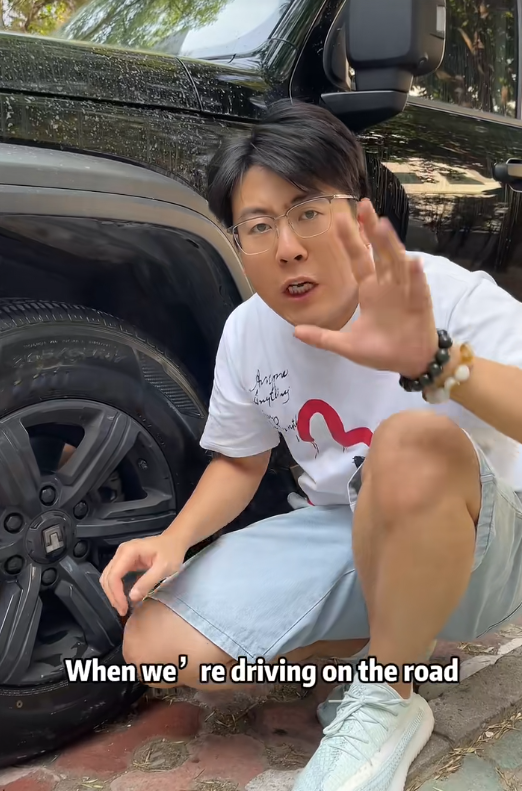
Step-by-Step Guide: How to Clean Car Headlights
Step 1: Wash the Headlight Area
Start by washing the headlight lens and the surrounding area with car wash soap and warm water. This removes any surface dirt or grime that might scratch the lens during the cleaning process. Rinse thoroughly and dry with a clean microfiber cloth.
Step 2: Protect the Paint
Using masking tape, carefully tape around the edges of the headlights to protect your car’s paint. This is especially important if you’re using sandpaper or strong chemicals during the cleaning process.
Step 3: Apply a Cleaning Solution
There are a few popular DIY options for cleaning headlights:
A. Toothpaste Method
- Apply a generous amount of whitening toothpaste directly to the headlight.
- Use a damp cloth or an old toothbrush to scrub the lens in a circular motion for several minutes.
- Rinse with water and dry.
- This works well for mild oxidation and light cloudiness.
B. Baking Soda and Vinegar
- Mix baking soda and white vinegar into a paste.
- Rub the paste on the headlight using a soft cloth.
- Scrub gently for a few minutes, rinse off, and dry.
These methods are quick and effective for surface-level oxidation. If your headlights are still hazy, consider deeper restoration techniques.
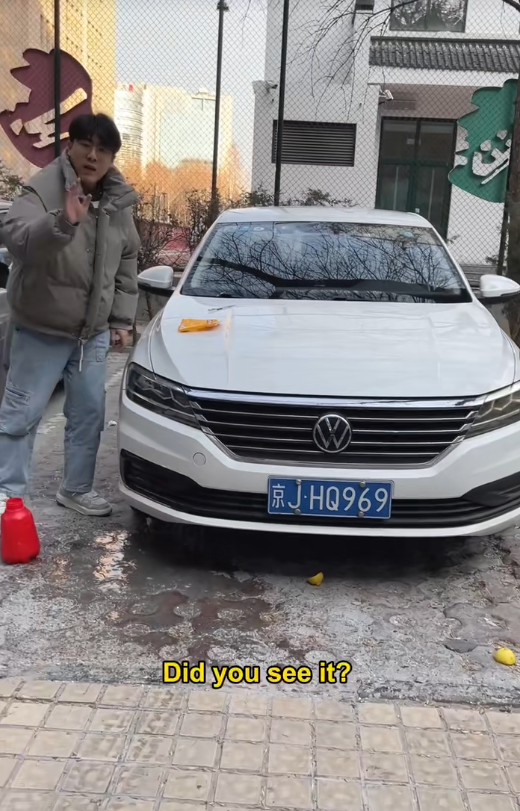
Step 4: Wet Sanding (For Severe Cloudiness)
If your headlights are severely yellowed or oxidized, wet sanding is a powerful method to restore them.
Warning: Sanding removes a thin layer of plastic, so proceed with care.
- Soak sandpaper (starting with 800 grit) in water for about 10 minutes.
- Wet the headlight and sand gently in horizontal strokes.
- Rinse and switch to 1000 grit, then 2000 grit, using the same technique.
- Always keep the surface wet while sanding.
- Dry with a clean microfiber cloth.
Step 5: Polish the Headlights
After cleaning or sanding, apply a plastic polish or a specialized headlight polish using a microfiber cloth. Rub it in with firm pressure using circular motions. If you have a polishing tool or drill with a buffer attachment, use it for better results.
This step smooths out fine scratches and enhances clarity.
Step 6: Apply UV Sealant or Protective Coating
Polishing alone is not enough. You must protect your headlights from future damage.
- Apply a UV-resistant sealant to the headlight lenses.
- Some headlight restoration kits include this.
- Spray or rub it on evenly and let it dry according to the product instructions.
Without UV protection, the plastic will oxidize again in a few months.
Alternative: Using a Headlight Restoration Kit
If DIY methods seem too time-consuming or you want a professional finish, consider buying a headlight restoration kit. These kits usually include:
- Sandpaper
- Polishing compound
- UV protectant
- Applicator pads or discs
They come with instructions and are specifically designed for headlight cleaning. Brands like 3M, Turtle Wax, and Meguiar’s are highly recommended.

Maintenance Tips to Keep Headlights Clear
- Wash Regularly: Clean your headlights whenever you wash your car to prevent dirt buildup.
- Reapply UV Protection: Every few months, apply a protective coating to maintain clarity.
- Park in the Shade: UV rays are the biggest enemy of plastic lenses. If possible, park in a garage or use a car cover.
- Avoid Abrasive Cleaners: Stick to plastic-safe products to prevent scratching or damage.
When to Replace Your Headlights
Sometimes cleaning is not enough. If your headlights are:
- Cracked or broken
- Permanently discolored inside
- Filled with moisture that won’t go away
…it may be time to replace them entirely. Replacement costs vary, but for many vehicles, it’s a relatively easy DIY job or affordable repair at a shop.

Conclusion
Cleaning car headlights may seem like a small task, but the improvement in visibility, safety, and appearance can be dramatic. Whether you opt for a DIY toothpaste trick or go all-in with wet sanding and professional polish, you’ll be amazed at how fresh and clear your headlights can look. Regular maintenance and protective coatings can keep them in top shape for years to come.
Don’t wait until you’re struggling to see at night—restore your headlights today and enjoy safer driving with clearer vision.
